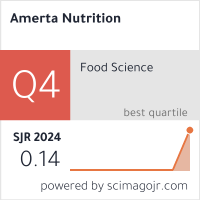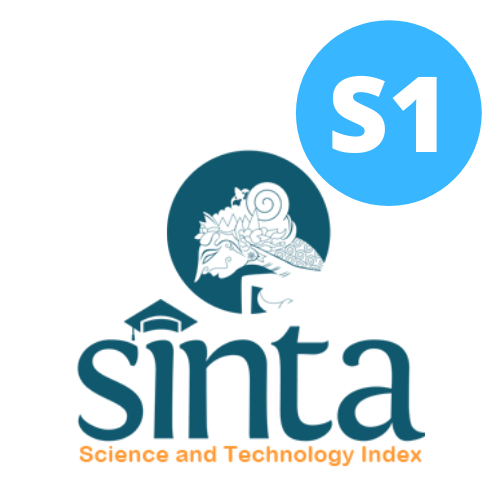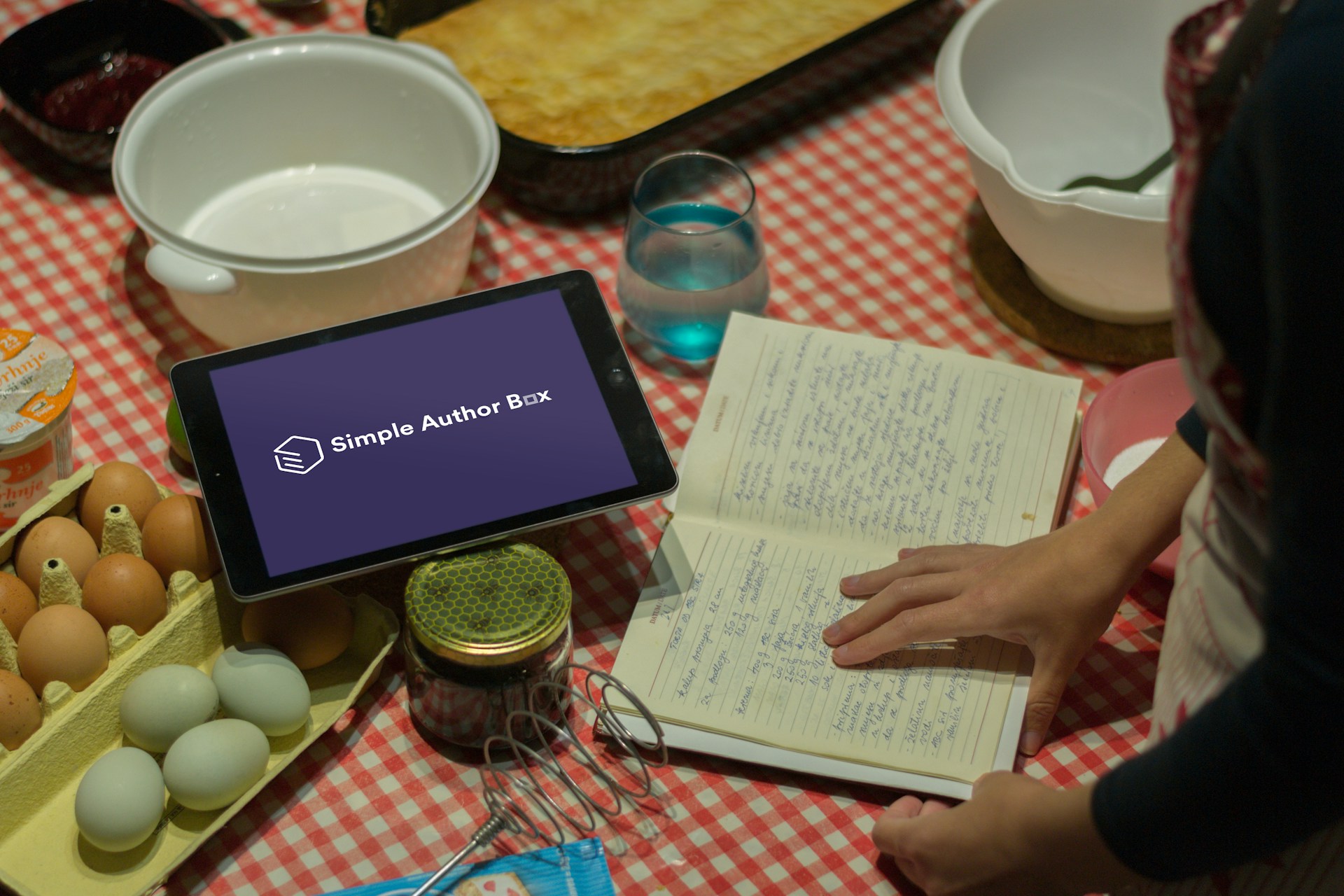Case-Control Study: History of Infectious Diseases and Nutritional Knowledge as Dominant Factors of CED in Pregnant Women in Tlogosari, Bondowoso
Background: The high prevalence of Chronic Energy Deficiency (CED) in Bondowoso Regency, with 16.4% among women of reproductive age and 17.67% among pregnant women in 2023, highlights the need for further analysis of the underlying factors contributing to CED. CED poses a significant risk for increased Maternal Mortality Rate (MMR) and Infant Mortality Rate (IMR), with higher cases of Low Birth Weight (LBW) and stunting.
Objectives: This study aims to analyze factors associated with CED in the working area of Tlogosari Community Health Center, Bondowoso Regency.
Methods: This observational case-control study involved 96 pregnant women (48 cases and 48 controls) in Tlogosari District. Variables studied include age, education, history of infectious diseases, parity, pregnancy interval, consumption patterns, nutritional knowledge, and socioeconomic status. Data were collected through interviews and analyzed using descriptive statistics, chi-square, odds ratio, and logistic regression.
Results: The logistic regression test results indicated that knowledge (OR=7.509; 95% CI=1.948 – 28.954; p=0.003) and history of infectious diseases (OR=0.091; 95% CI=0.023 – 0.367; p=0.001) are associated with Chronic Energy Deficiency (CED) in pregnant women in the working area of Tlogosari Community Health Center.
Conclusions: Pregnant women with a history of infectious diseases and low knowledge have a higher likelihood of experiencing Chronic Energy Deficiency (CED) compared to those without such a history. Improving personal hygiene through handwashing with soap using latrines and developing counseling methods is essential.
Kementerian Kesehatan RI. Kehamilan. 1000 Hari Pertama Kehidupan https://ayosehat.kemkes.go.id/1000-hari-pertama-kehidupan/home#:~:text=Ibu Hamil Kurang Energi Kronis,kg%2Fm2 (Kurus). (2019).
Arum, S. et al. Kehamilan Sehat Mewujudkan Generasi Berkualitas di Masa New Normal. Jurnal Ilmiah Kesehatan (Insania, 2021).
Nugraha, R. N., Sikumana, P., Goals, S. D. & Cendana, U. N. HUBUNGAN JARAK KEHAMILAN DAN JUMLAH PARITAS DENGAN KEJADIAN KURANG ENERGI KRONIK (KEK) PADA IBU HAMIL DI KOTA KUPANG. Cendana Med. Jpurnal 17, 273–280 (2019).
Fitrianingtyas, I., Pertiwi, F. D. & Rachmania, W. Faktor-Faktor Yang Berhubungan Dengan Kejadian Kurang Energi Kronis (KEK) Pada Ibu Hamil Di Puskesmas Warung Jambu Kota Bogor. Hearty 6, (2018).
Kementerian Kesehatan RI. Laporan Kinerja Ditjen Kesehatan Masyarakat. Kementeri. Kesehat. RI 65 (2018).
Kementerian Kesehatan RI. Riskesdas 2018. Lap. Nas. Riskesdas 2018 44, 181–222 (2018).
Kementerian Kesehatan RI. Laporan Akuntabilitas Kinerja Instansi Pemerintah (LAKIP) Ditjen Kesehatan Masyarakat Tahun 2021. http://www.kesmas.kemkes.go.id/assets/upload/dir_60248a365b4ce1e/files/Laporan-Kinerja-Ditjen-KesmasTahun-2017_edit-29-jan-18_1025.pdf (2022).
Dinas Kesehatan Provinsi Jawa Timur. Profil Kesehatan Provinsi Jawa Timur 2023. (2023).
Dinas Kesehatan Kabupaten Bondowoso. Profil Kesehatan Tahun 2022. (2022).
Kementerian Kesehatan RI. Rencana Aksi program kesehatan Masyarakat. Kementeri. Kesehat. Republik Indones. 1–23 (2020).
Menteri Kesehatan Republik Indonesia. Peraturan Menteri Kesehatan Republik Indonesia Nomor 41 Tahun 2014 Tentang Pedoman Gizi Seimbang. (2014).
Panjaitan, H. C., Sagita, D. I., Rusfianti, A. & Febriyadin, F. Hubungan pengetahuan dan sikap dengan kejadian KEK pada ibu hamil di Puskesmas Gemolong. Darussalam Nutr. J. 6, 72 (2022).
Tri, A. A., Picauly, I. & Sinaga, M. Hubungan Faktor Sosial Ekonomi Keluarga, Pola Konsumsi Pangan Dan Riwayat Penyakit Infeksi Dengan Kejadian Kurang Energi Kronis Pada Ibu Hamil Di Kecamatan Oebobo Kota Kupang. J. Gizi Masy. Indones. J. Indones. Community Nutr. 8, 1–12 (2019).
Sutrisno, T. D. FAKTOR-FAKTOR YANG BERHUBUNGAN DENGAN TERJADINYA KEKURANGAN ENERGI KRONIK (KEK) PADA IBU HAMIL DI WILAYAH KERJA PUSKESMAS TOARI KAB. KOLAKA. (Politeknik Kesehatan Kendari, 2022).
Fajaryanti, R. Determinan Kejadian Kekurangan Energi Kronis (Kek) Pada Wanita Usia Subur (Wus) Yang Menikah Di Usia Remaja Di Kecamatan Tlogosari Kabupaten Bondowoso. Skripsi Universitas Jember (Universitas Jember, 2018).
Ardi, A. ’Izza. Faktor-Faktor yang Berhubungan dengan Kejadian Kurang Energi Kronis (KEK) pada Remaja Putri. Media Gizi Kesmas 10, 320 (2021).
Kementerian Kesehatan RI. Hasil Survei Status Gizi Indonesia (SSGI) 2022. Kemenkes 1–7 (2023).
Sawitri, A. A. S., Adiputra, N., Sawitri, A. A. S. & Adiputra, N. Faktor Risiko Kejadian Hipertensi pada Orang Dewasa di Banyuwangi : Studi Kasus Kontrol Risk Factors of Hypertension among Adults in Banyuwangi : A Case-Control Study Pendahuluan Indonesia dewasa ini sedang dihadapkan. Fakt. Risiko Kejadian Hipertens. pada Orang Dewasa di Banyuwangi Stud. Kasus Kontrol Risk Factors Hypertens. among Adults Banyuwangi A Case-Control Study 3, 141–149 (2015).
Lemeshow, S., Klar, J., Lwanga, stephen K., Pramono, D. & Hosmer, D. W. Adequacy of sample size in health studies. (1997).
Rizki, A. & Rahmayanti, S. HUBUNGAN POLA MAKAN DAN ASUPAN PROTEIN IBU HAMIL DENGAN KEJADIAN BBLR DI PUSKESMAS KADUGEDE. J. Ilmu Kesehtan 2, 35–44 (2023).
Lestari, A. Faktor Risiko Kurang Energi Kronis pada Ibu Hamil di Puskesmas Gunungpati. Sport Nutr. J. 3, 1–13 (2021).
Novitasari, Y. D., Wahyudi, F. & Nugraheni, A. Penyebab KEK pada ibu hamil di Puskesmas Rowosari Semarang. Diponegoro Med. J. (Jurnal Kedokt. Diponegoro) 8, 562–571 (2019).
Rachmawati, N. C., Dewi, Y. L. R. & Widyaningsih, V. Multilevel Analysis on Factors Associated with Occurrence Chronic Energy Deficiency among Pregnant Women. J. Matern. Child Heal. 4, 474–485 (2019).
Nuryanti, P., Rukmaini & Azzahroh, P. Faktor-Faktor yang Berhubungan dengan Kejadian Kekurangan Energi Kronik (KEK) pada Ibu Hamil di Wilayah Kerja BLUD UPT Puskesmas Cibaliung Kabupaten Pandeglang Tahun 2021. J. Kebidanan 11, 123–133 (2022).
Fitri, N. L., Sari, S. A., Dewi, N. R., Ludiana, L. & Nurhayati, S. Hubungan Usia Ibu Dengan Kejadian Kek Pada Ibu Hamil Di Wilayah Kerja Puskesmas Ganjar Agung Kecamatan Metro Barat Kota Metro. J. Wacana Kesehat. 7, 26 (2022).
Rahayu, I. P. Hubungan Umur dan Graviditas dengan Kejadian Kekurangan Energi Kronik (Kek) pada Ibu Hamil di Puskesmas Lepo-Lepo Kota Kendari Provinsi Sulawesi Tenggara Tahun 2016. Poltekkes Kendari 151, 10–17 (2017).
Yanti, C. A. & Romaina, F. Analisis Faktor Determinan Kejadian Kekurangan Energy Protein Pada Ibu Hamil Di Bukittinggi. J. Public Heal. 7, 43–54 (2020).
El-Gilany, A., El-Wehady, A. & El-Wasify, M. Updating and validation of the socioeconomic status scale for health research in Egypt. East. Mediterr. Heal. J. 18, 962–968 (2012).
Blum, H. L. Planning for Health: Development and Application of Social Change Theory. (1974).
Hayati, A. N. & Pawenang, E. T. Analisis Spasial Kesehatan Lingkungan dan Perilaku di Masa Pandemi Untuk Penentuan Zona Kerentanan dan Risiko. Indones. J. Public Heal. Nutr. 1, 164–171 (2021).
Widyawati & Sulistyoningtyas, S. Karakteristik Ibu Hamil Kekurangan Energi Kronik (Kek) Di Puskesmas Pajangan Bantul. J. JKFT 5, 68 (2020).
Sukarti, Afrinis, N. & Apriyanti, F. HUBUNGAN PENGETAHUAN IBU TENTANG GIZI, PENYAKIT INFEKSI DAN ASUPAN PANGAN DENGAN KEJADIAN KURANG ENERGI KRONIS (KEK) PADA IBU HAMIL DI WILAYAH KERJA PUSKESMAS PURNAMA TAHUN 2023. J. Kesehat. Terpadu 2, 350–359 (2023).
Ramadhani, Y., Salam, A., Jafar, N., Indriasari, R. & Amir, S. Hubungan Pengetahuan dan Sikap dengan Perilaku Gizi Seimbang pada Mahasiswa Selama Pandemi Covid-19. J. Indones. Community Nutr. 11, 1–4 (2022).
Green, L. W., Kahan, S., Gielen, A. C. & Fagan, P. J. Health behavior change in populations. (JHU PRESS, 2014).
Nurqadriyani Bustan, W., Salam, A., Jafar, N., Virani, D. & Mansur, M. A. Hubungan Pola Konsumsi dan Pengetahuan Gizi Dengan Kejadian Kurang Energi Kronik Pada Ibu Hamil di Wilayah Kerja Puskesmas Sudiang Kota Makassar. J. Indones. Community Nutr. 10, 34–51 (2021).
Copyright (c) 2025 Amerta Nutrition

This work is licensed under a Creative Commons Attribution-ShareAlike 4.0 International License.
AMERTA NUTR by Unair is licensed under a Creative Commons Attribution-ShareAlike 4.0 International License.
1. The journal allows the author to hold the copyright of the article without restrictions.
2. The journal allows the author(s) to retain publishing rights without restrictions
3. The legal formal aspect of journal publication accessibility refers to Creative Commons Attribution Share-Alike (CC BY-SA).
4. The Creative Commons Attribution Share-Alike (CC BY-SA) license allows re-distribution and re-use of a licensed work on the conditions that the creator is appropriately credited and that any derivative work is made available under "the same, similar or a compatible license”. Other than the conditions mentioned above, the editorial board is not responsible for copyright violation.








































